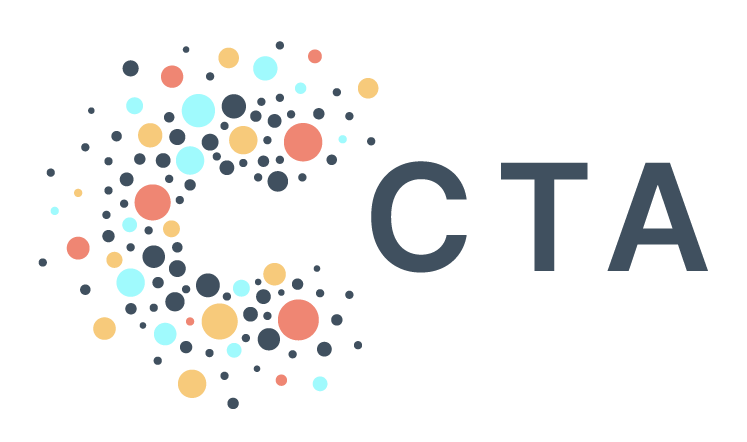SEIU Healthcare PA: Case Study
The Challenge
SEIU Healthcare Pennsylvania (HCPA) is the largest healthcare union of caregivers in the Keystone State. The union fights every day to make every healthcare job a good, family-supporting job.
With such a large membership, data is critical to HCPA’s work in bargaining for fair contracts and maintaining and expanding its membership. But with data coming from many disparate sources — different CRMs, spreadsheets, manual entry — HCPA’s data team spent more time maintaining data than actually using the data.
The Approach
HCPA partnered with CTA to tackle two core challenges to free up their data team’s capacity:
Standing up an Affordable Data Warehouse: The first order of business in partnering with CTA was to stand up an affordable data warehouse, flexible to the union’s unique needs. CTA’s Progressive Action Database (PAD) provided a cost-friendly solution that created a sandbox for HCPA’s data team.
With PAD, the data team can run data transformations and queries to leverage all that data to support programmatic needs — at a fraction of the cost of other warehouse options on the market that don’t meet the union’s specific needs.Create Reliable Data Integrations: Once the warehouse was set up, the next challenge was the data: getting regular, reliable, and quality data into PAD from all of HCPA’s different vendors and data sources, including VAN and UnionWare, as well as spreadsheets and other data sources from different departments and teams across the union.
Previously, the data team’s time had been sunk into data maintenance to make sure data was syncing accurately and troubleshooting regular issues. CTA jumped in to help improve daily data dumps, including diagnosing and fixing issues. And the CTA team is still on call to help solve issues as they arise.
The Impact
With the administrative burden of data management mitigated, HCPA’s data team has finally been able to focus on using the data — and the user experience with the data on both ends.
Membership increased by almost 1,000 last year because the team was about to put the right data in front of the right people.
The data team has shifted its focus to short and long-term projects to empower organizers and staff. Projects like:
Accurate Organizing Reports and Dashboards
With data flowing into a centralized location, the team can now provide organizers with accurate reporting dashboards. For example, the team set up an Organizer Turf Report, showing the percentage of people who have signed unity petitions or cards at a facility, helping organizers see if they’re hitting their target goals around key organizing moments.
HCPA’s Turf Report Dashboard showing accurate, real-time reporting on campaign progress and goals.
Similarly, during bargaining or contact campaigns, organizers have access to timely dashboards that give an overview of campaign goals, like the number of strike petitions signed. The dashboards allow organizers to see their own facility or multiple facilities if they’re running a coordinated campaign.
HCPA’s Contract Campaign Dashboard allows organizers to see their progress-to-goal for their facilities.
Accurate Auditing of Employers
The HCPA data team built a query to identify members who signed pledge cards over 90 days ago, but whose employers have not started to remit the union dues. This report enables the team to send monthly audits to each employer facility, and to the best contact on file (which is also, conveniently, in the database), to ensure memberships are being processed in a timely manner. That means more members are actively a part of the union.
Membership Card Entry:
The new data systems increased the processing time of membership cards threefold. No more backlog of hundreds of cards to process! With the time saved from manual entry, the data engineers tasked with card entry are now able to plug into other impactful projects that they’re excited to work on.
Resource Center Call Processing
Because data is now staged in a central location, the data team has been able to move the resourcing center to a better CRM. That allows the inputs from the hundreds of calls the center processes each month to a central database, making the work of the call center reps simpler and more effective.
Do you have a similar challenge at your organization or want to learn more? Get in touch and we’d be happy to talk through solutions. Email help@techallies.org to learn more.


